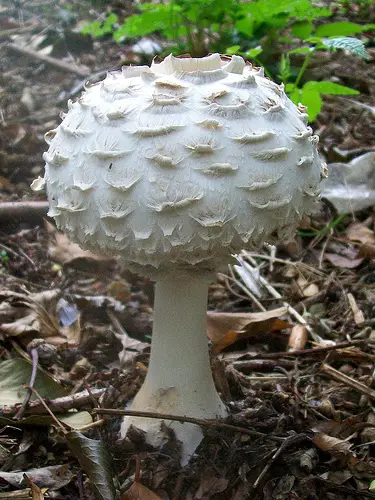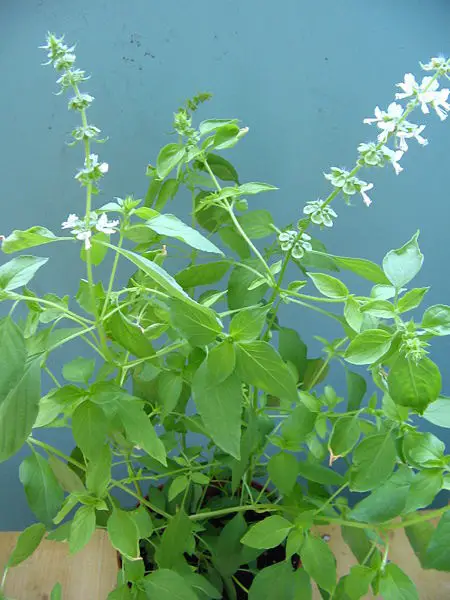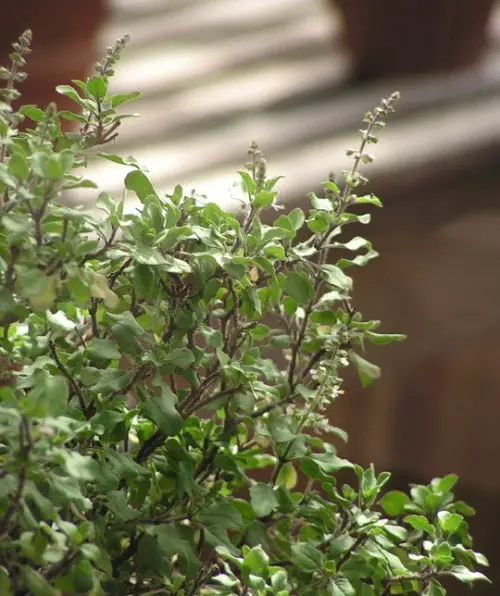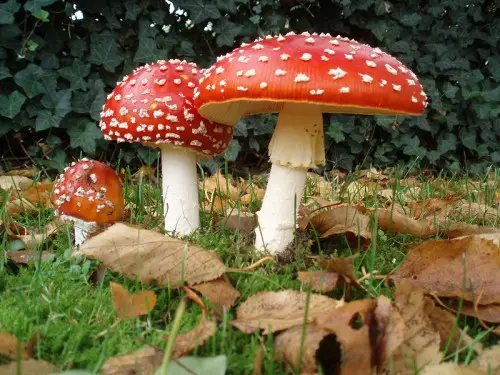Shaggy Parasol
The common name, Shaggy parasol, is actually the name for 2 mushroom species that are closely related to each other – the Chlorophyllum rhacodes and the Chlorophyllum brunneum. These mushrooms are found in Europe and North America, and the Chlorophyllum brunneum is found in Australia as well.
This fungi is quite large but is a conspicuous agaric. It has thick brown scales, and it has a fleshy white mushroom cap. Its spore print and gills are white. The Shaggy parasol’s stipe is bulbous at the base, but its stipe is quite slender. When it is cut, the Shaggy parasol is quite fleshy. It will also have a reddish or maroon discolouration and a pungent odour.
The stem of the Chlorophyllum rhacodes grows to about 10 – 20 cm tall, while its cap is about 7.5 – 20 cm wide. The stipe has a diameter of less than 2 cm.
The Shaggy parasol is an edible mushroom that are popular with many. However, it does contain some toxins which may cause gastric upsets when it is undercooked or eaten raw. In addition, some people will be quite allergic to eat even after this fungi has been cooked properly.
Like many mushrooms, the young Shaggy parasol does look like a poisonous mushroom called Chlrophyllum molybdites. This particular fungi causes the most mushroom poisonings in North America per year. As a result, if you are going to go mushroom picking and find what possibly may be a Shaggy parasol, make sure that you check its spore print. Otherwise, this mushroom should not be recommended for inexperienced pickers.





